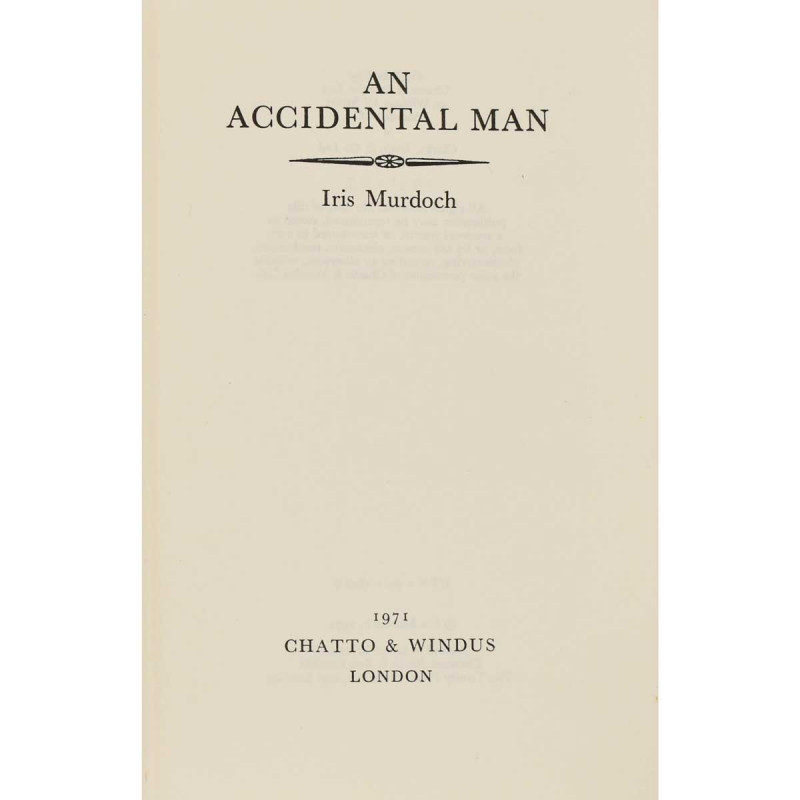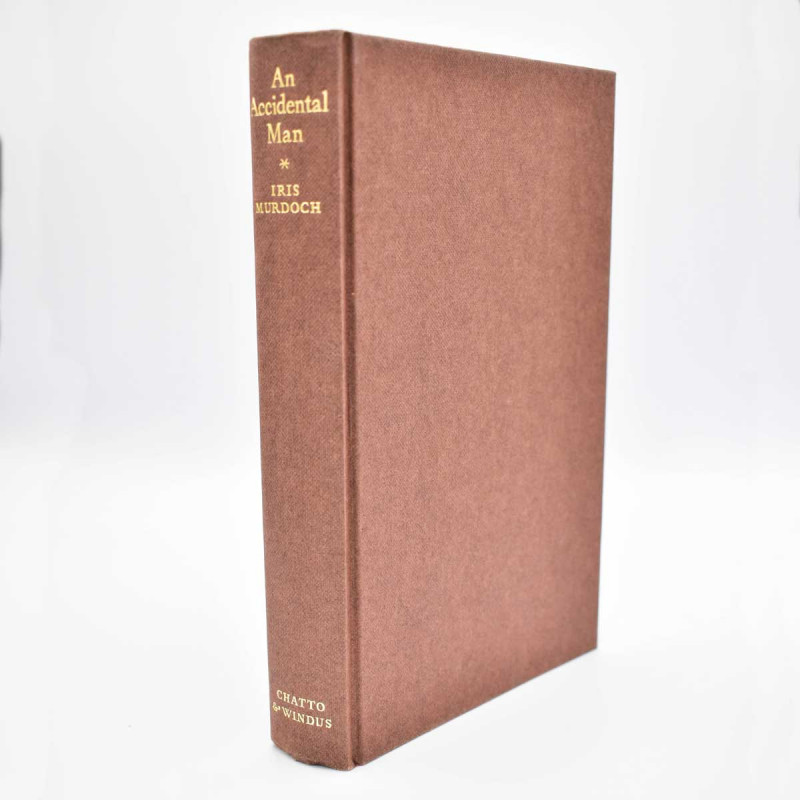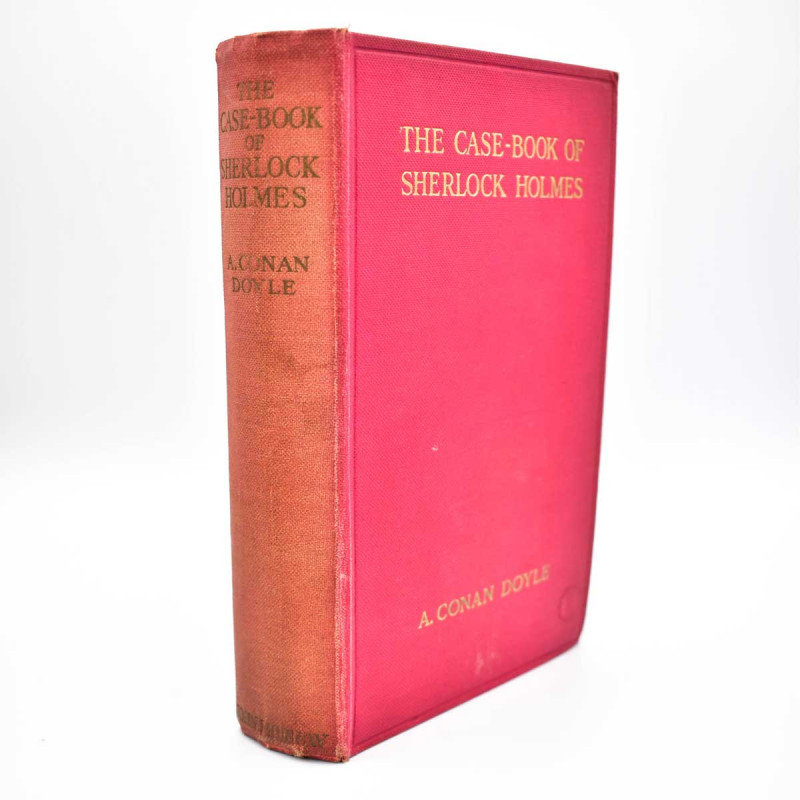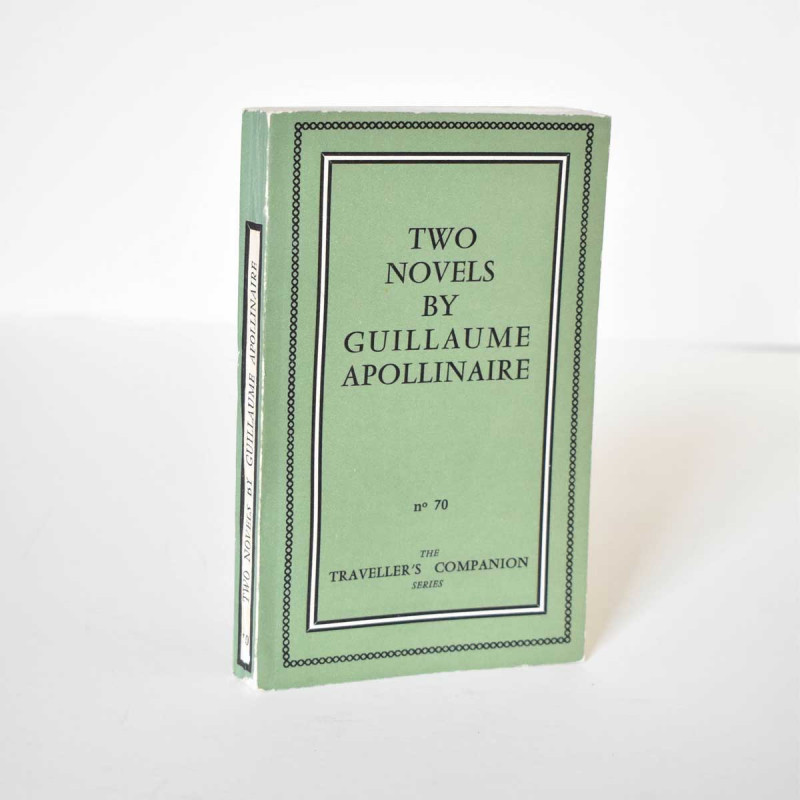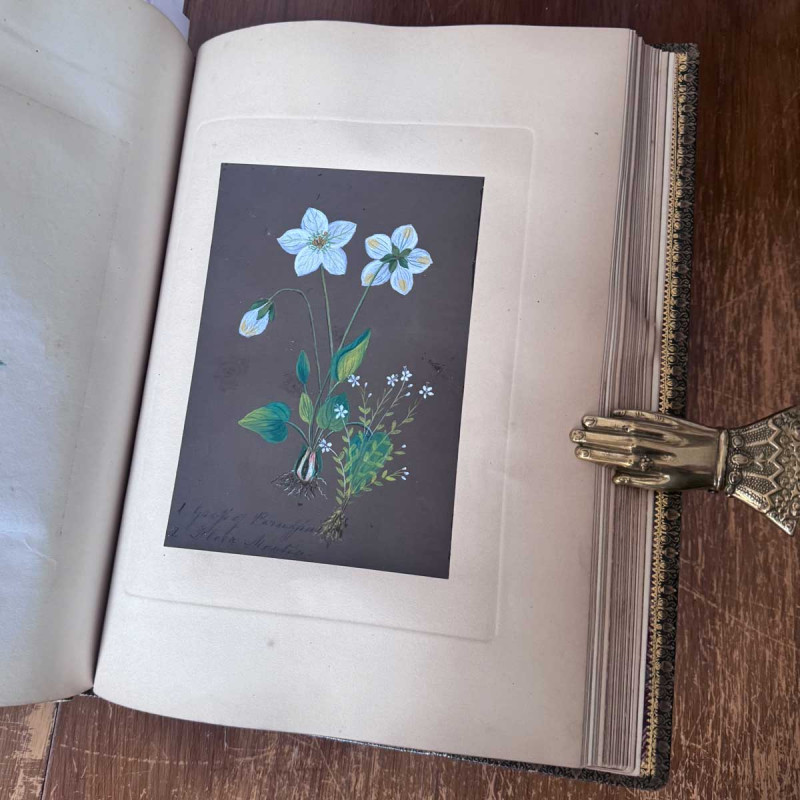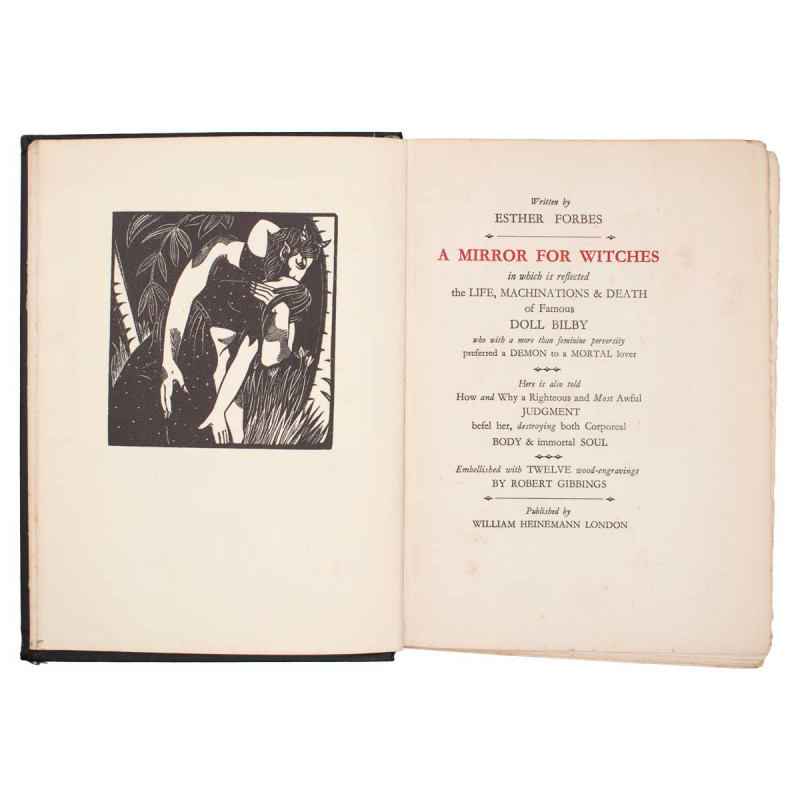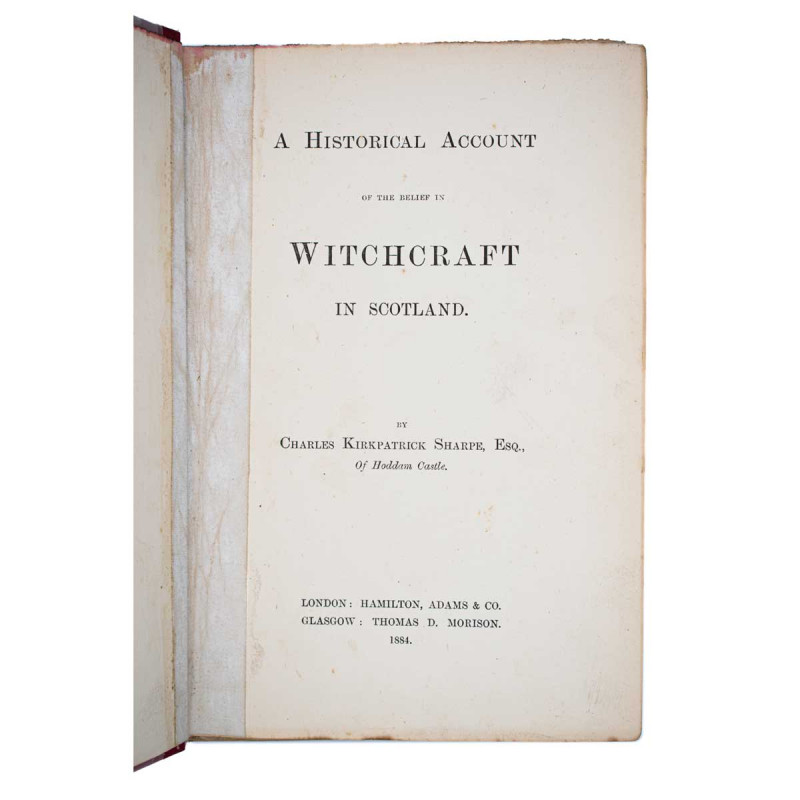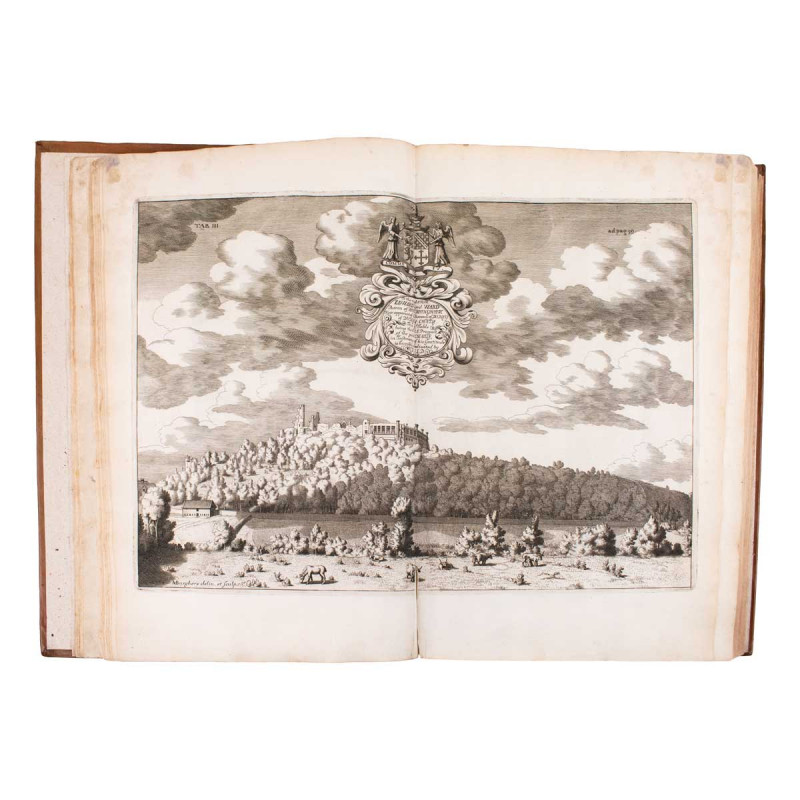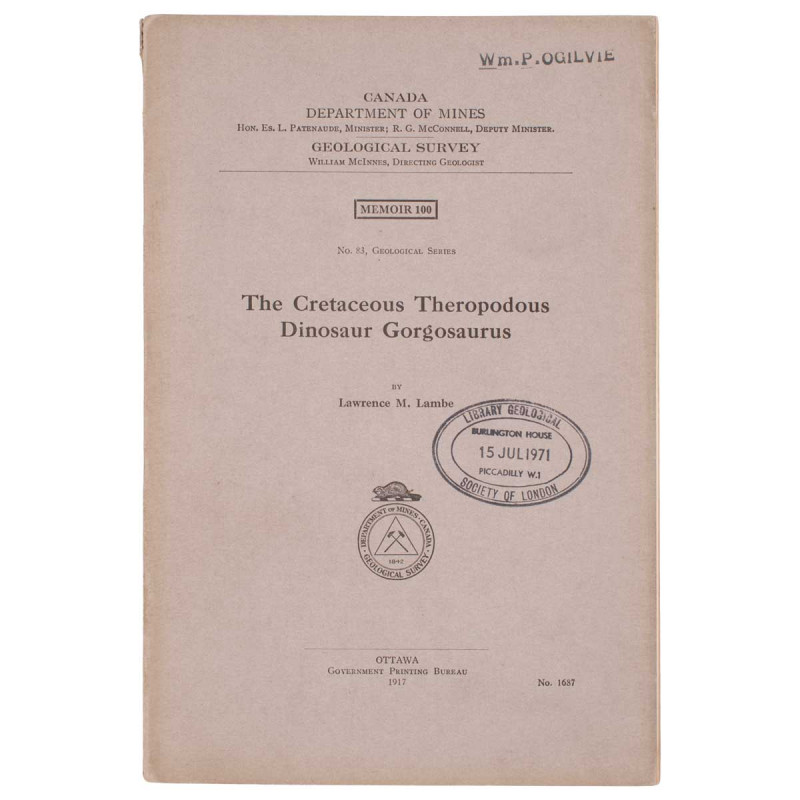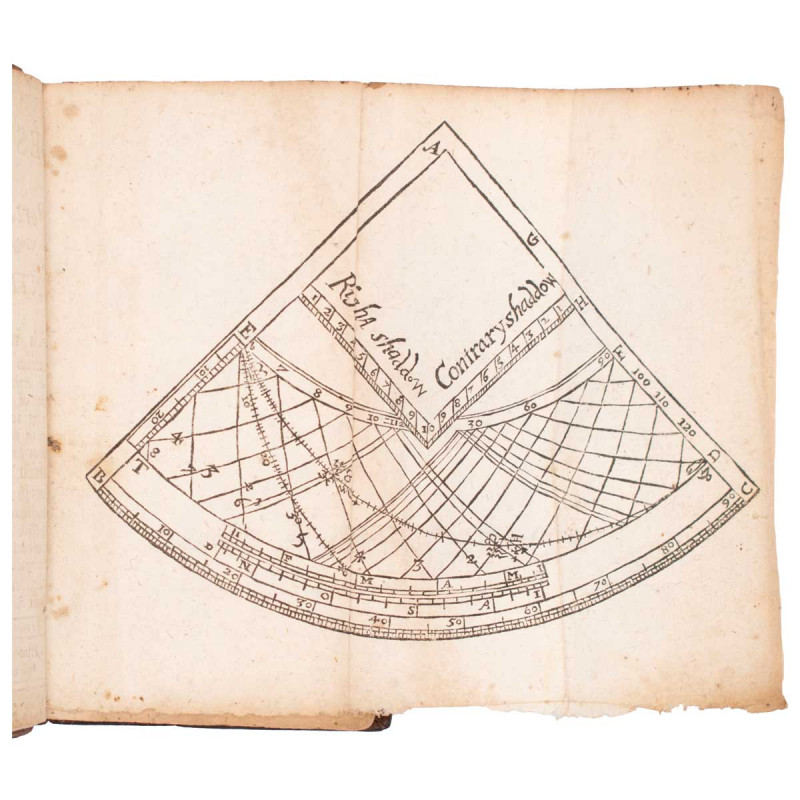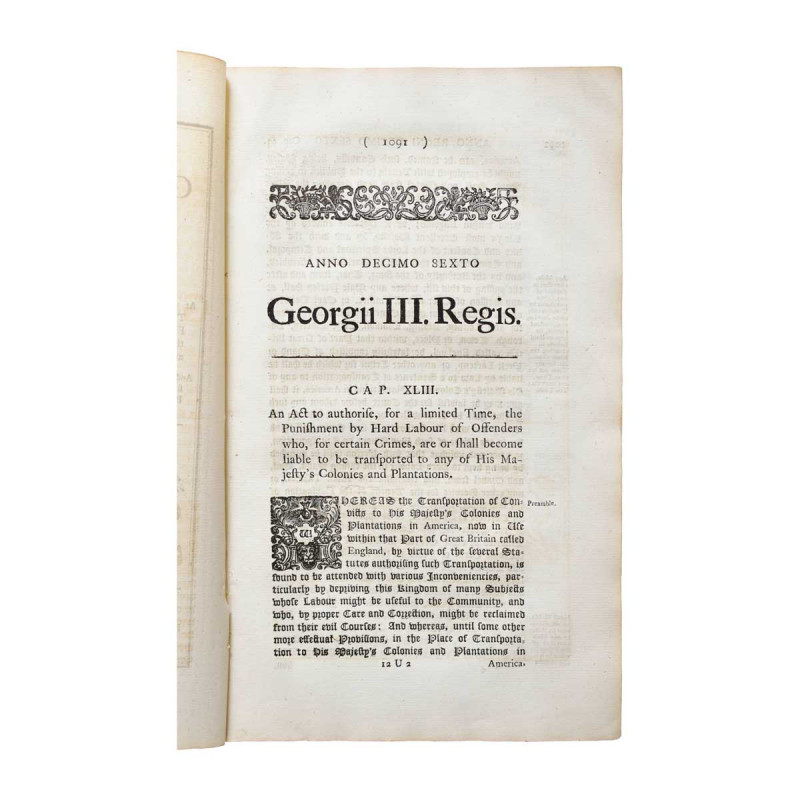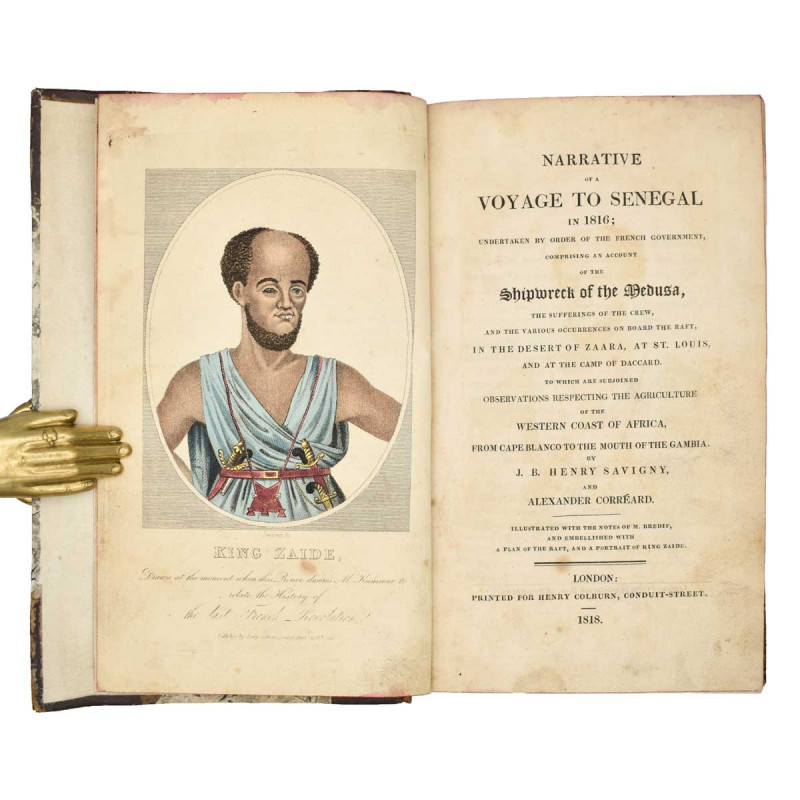An Accidental Man
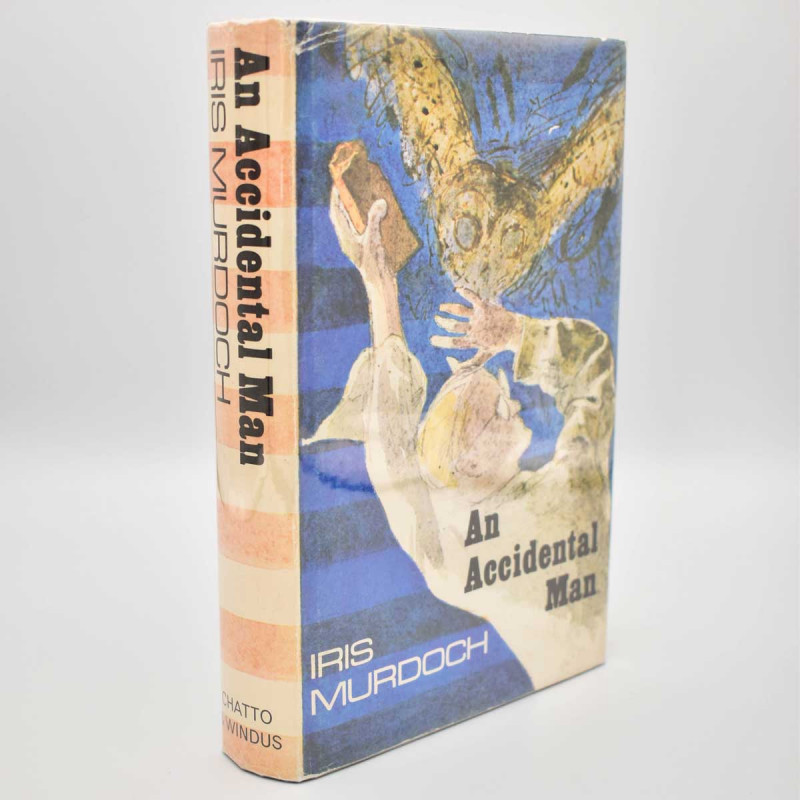
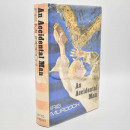
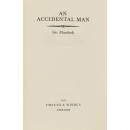
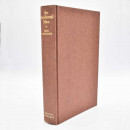
Book Description
FIRST EDITION, First Issue, half title, text block clean, publishers brown cloth, dust jacket designed by John Sergeant, price clipped, slight creasing at fold lines and spine head and tail, preserved with a transparent removable covering, 8vo, London, Chatto and Windus, 1971.
This is Iris Murdoch's fourteenth novel. The complex story is set in London and involves an enormous cast, each one eccentric and self centered. Most are related to each other by family or marriage. The "accidental man" is the hapless but charming Austin Gibson Grey, whose actions drive much of the plot. His long-estranged wealthy older brother, recently retired to England after a career spent abroad, is drawn into covering up Austin's misdeeds and accidents. There’s also a wonderful parody which shows that Iris Murdoch knew exactly what kind of reputation her books were getting. A second plot line involves Ludwig Leferrier, a young American academic who has resolved to stay in England in order to avoid the draft, but struggles with his decision throughout the book.
The book's main moral theme is the individual's responsibility to others. Coincidence and accident play a major role in the plot, in which the efforts of supposedly well-meaning characters to help each other often fail, while others fail to act when they could be of help. An Accidental Man was generally well received by contemporary reviewers, who viewed it as mainly a comic novel.The Times called it "one of her good books and certainly one of her funniest".In The New York Times Anatole Broyard wrote that with An Accidental Man Iris Murdoch had "become, at last, a complete novelist", in that she had succeeded in making her characters believable. This is contrasted with earlier, more tightly plotted novels, in which her characters sometimes seemed to be unconvincing "puppets in a metaphysical Punch and Judy show". In her study of Murdoch's fiction Hilda Spear includes it in a group of novels that are "deeply concerned with the problems of Good and Evil". She sees the structure of the novel, with its loose narration interspersed with letter sections, as both a major departure for Murdoch and evidence of her "genuine narrative skills".
Author
MURDOCH, IRIS
Date
1971
Binding
publishers brown cloth, dust jack designed by John Sergeant
Publisher
Chatto and Windus
Condition
Very Good
Friends of the PBFA
For £10 get free entry to our fairs, updates from the PBFA and more.
Please email info@pbfa.org for more information
